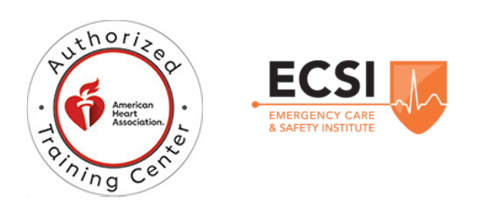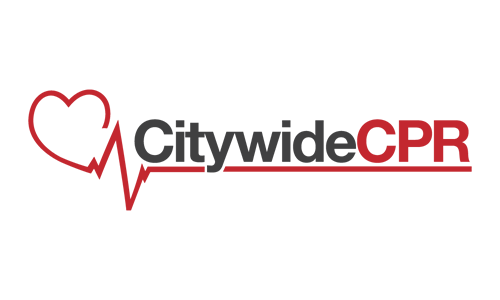In today’s world, it pays to know how to administer CPR or, at the very least, make use of an AED. This is because, in the fast-paced way of life that we have right now, pressure and stress could get to just about anyone. But what exactly happens during a CPR Certification program?
In order to be a certified first aider, one of the things that you would need to have is a certification that you have undergone and passed a CPR training program.
In typical cases, a CPR training lasts for about 6 to 8 hours with the number of hours varying widely depending on the kind of training that you want to have – basic, advanced, adult, or infant CPR. Courses could also include CPR alone or sessions that also involve the use of AED.
In basic CPR, students get to learn the different signs of choking as well as the different ways of responding to such situations. The basic CPR training also teaches students what the proper position is for a victim who is in recovery as well as what the symptoms are for cardiac arrest.
On the other hand, an advanced CPR training typically touches on the application of CPR to children as well as infant. There are also some providers who would also teach you how to administer CPR in specialized cases.
Once you have undergone the training part, you would be subjected to a test that will assess your readiness when it comes to administering CPR. The test typically comes in two parts -a written test and a skill test. The written test usually comes in the form of multiple questions. This is to assess whether you fully understand when a CPR should be administered and how you should handle various situations. The skill test, on the other hand, is a hands-on exam. You would be provided a dummy on which you would be applying what you have learned about CPR. The instructor would observe how familiar you are with the administration of breaths and chest compression, your form, and your timing. How you apply what you have learned would also be taken into consideration by the instructor. This is typically done on a one-on-one basis to ensure that you are calm and focused during the testing process.
In most cases, CPR certifications last for one year. Renewal of the certification typically calls for a retake of both the written exam as well as the skills test. This is to ensure that your knowledge about CPR is kept current.
Although during emergency situations anyone can jump in in order to administer CPR, it is still a good thing to make sure that you undergo CPR training and certification first. This is to ensure that, should a situation call for it, you can confidently provide your skill when it comes to saving a life.
If you feel that you are ready to take on a CPR training and certification program, visit Citywide CPR.





